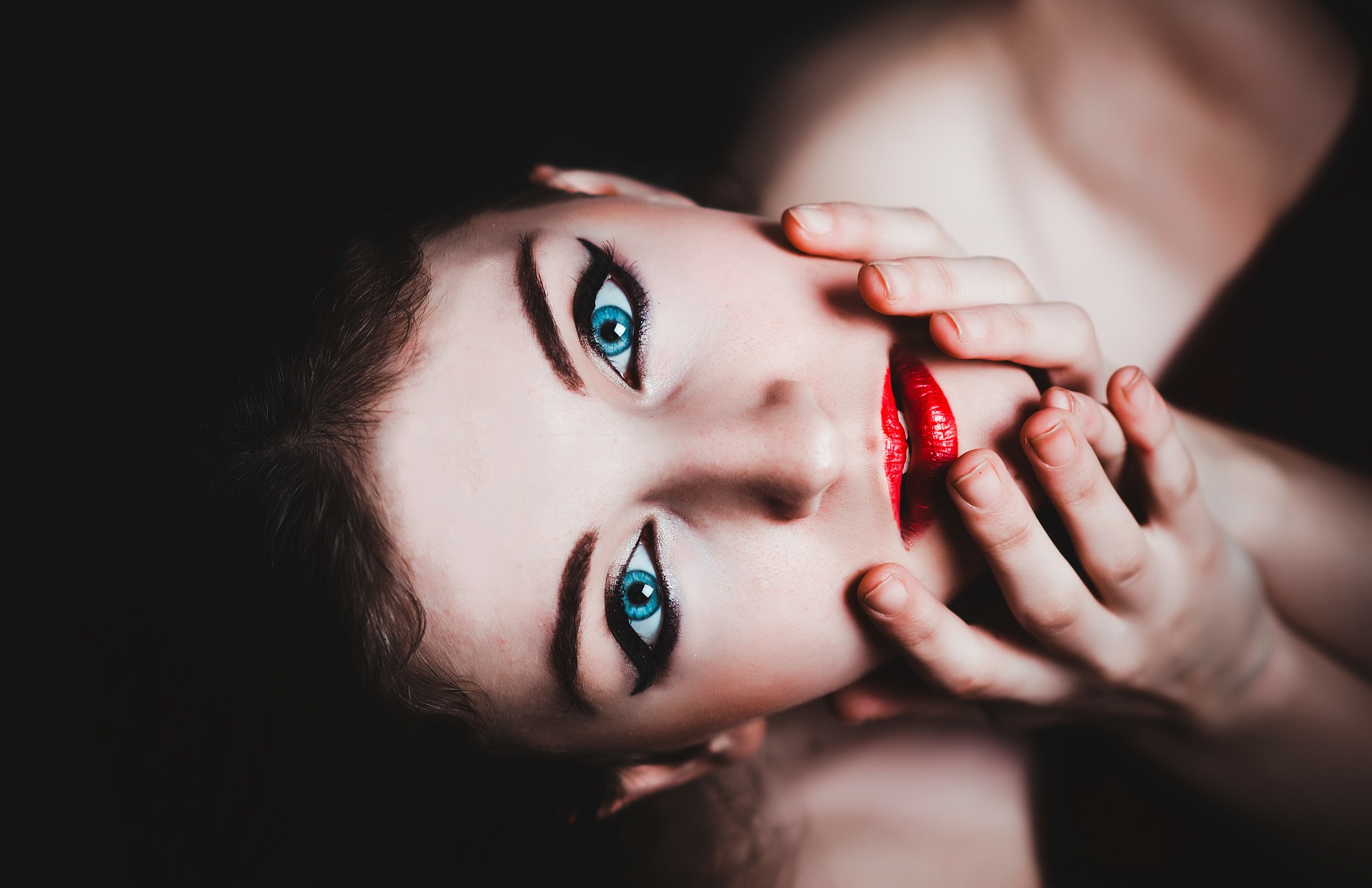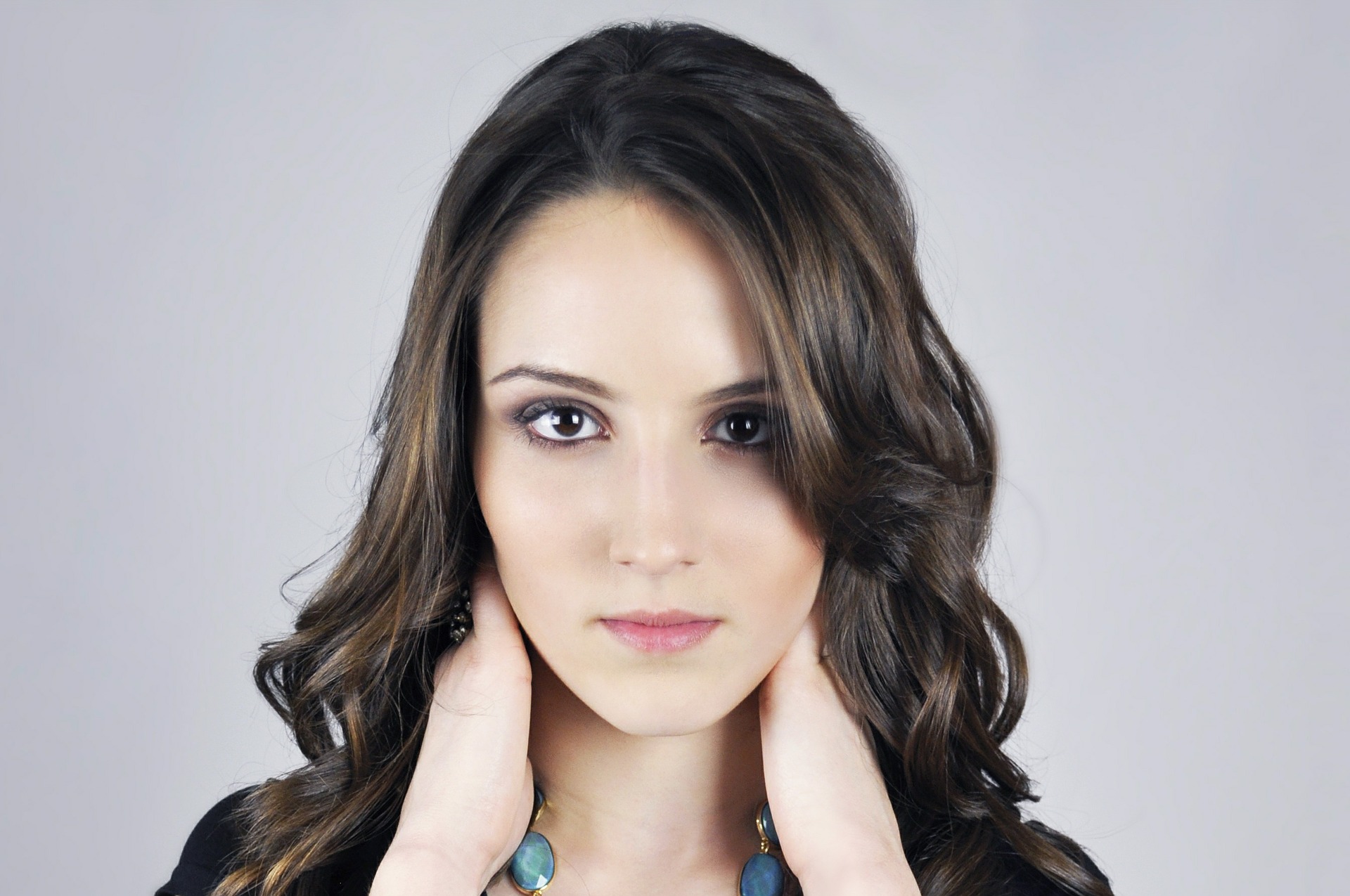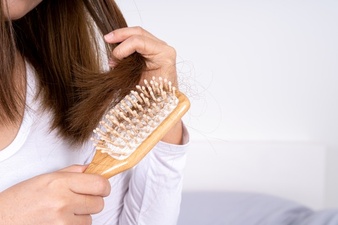If you spend even just a short time working in the PR industry, you will understand right away that one of the greatest challenges you will face as a professional is figuring out how to keep up with the latest trends.
You must quickly understand not just the newest trends, but how to properly utilize them to your client’s advantage as well. If you aren’t able to pull that off, then you’ll be stuck playing a perpetual game of catch-up against competitors that will do everything in their power not to fall behind.
A potentially even greater threat to your mortality in the PR industry is failing to avoid outdated PR tactics. Nothing is worse than making your client appear out of touch and that’s why Nancy at Behrman make a conscious effort to always stay on top of the PR trends and steer clear of the ones that have fallen out of popular use, such as the ones listed below.
Relying on Conventional Press Releases Is a Thing of the Past:
An article posted on Forbes states that “the age of the standard press release is no more,” and that’s a hard point to contest.
While it can be argued that press releases are handy guides that members of the media can use to sort through the details of a huge corporate announcement, the reality is that all that info that can be contained inside a press release can be disseminated in other, more effective ways.
Instead of using a conventional press release, companies can do something more exciting like releasing a teaser trailer for a new product or perhaps attempt to generate interest through their apps.
With so many communication channels available to companies, asking them to talk to their prospective customers using a press release will only work to undersell whatever it is that they are planning to offer.
Your goal as a PR professional, whether you’re working for Nancy at Behrman or any other firm, is to generate excitement for your client, and a conventional press release just isn’t designed to do that anymore.
Offering Too Much Information can Backfire:
Due in part to companies having so many ways to communicate with their customers these days, there is a temptation to just make every bit of content available to them 24/7.
This may have seemed like a good idea in the not-so-distant past when companies were still busy trying to show prospective customers that they could get the hang of using all the new media, but now, it’s a practice best avoided.
As Axia pointed out, posting everything online can lead to the release of “unstructured, random content,” and that’s exactly what you want your client to avoid. Aside from your client minimizing the impact their content releases could have by doing things that way, they also risk losing the interest of their potential customers.
Releasing content online is obviously something a company must do, but serving bite-size pieces of interesting information is a better move than dumping everything right away, as the people at Nancy and Behrman can tell you.
By creating a little mystery, you are giving people more reasons to remain interested in your client as opposed to the other companies that may be offering something similar.
Mastering public relations is a tough ask for anyone, though figuring out what not to do for your clients is an important first step. There are many other techniques that can keep customers interested in a particular client, and the folks at Nancy and Behrman know how to utilize them well.
Read Also:






















